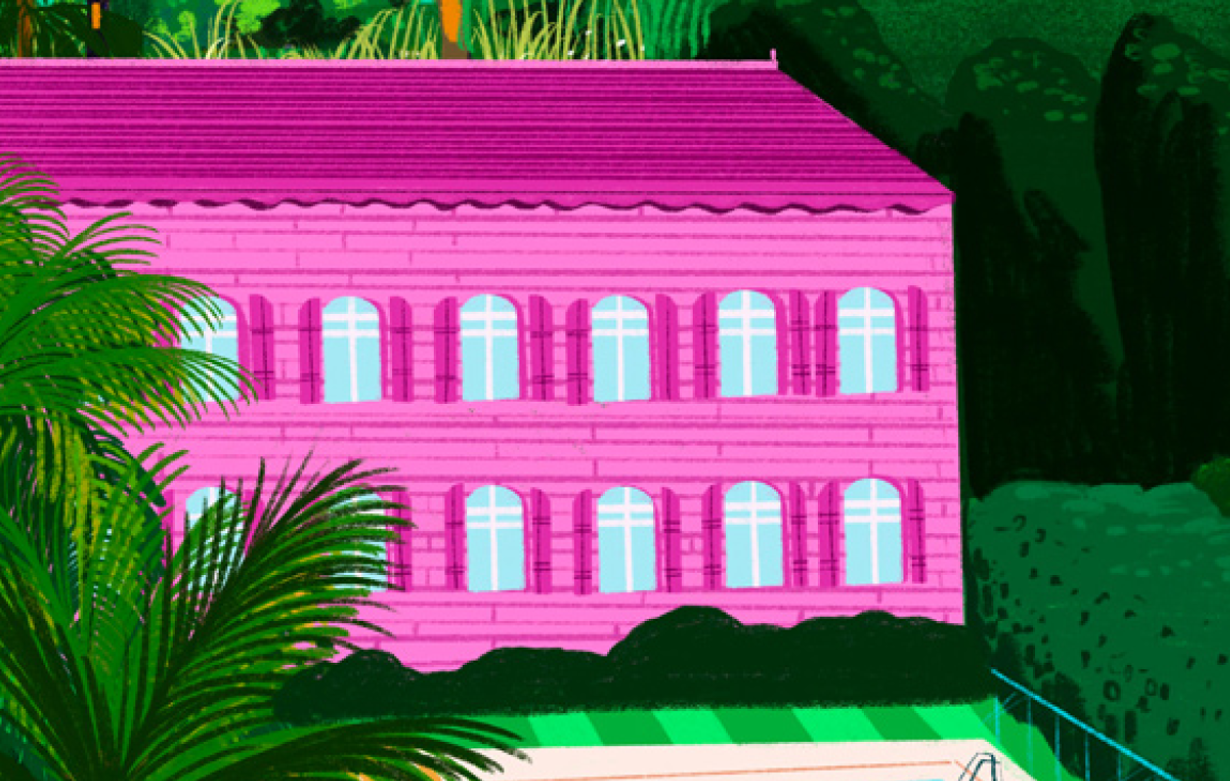Borrow up to $15,000 with KOHO
Yes, it’s possible to get a line of credit with bad credit—but it’s harder, and your options may be more limited or more expensive.
Lenders don’t just look at your score. They also look at:
Your income and employment stability
How much debt you already have
Any recent missed payments or collections
Whether the line of credit is secured (backed by an asset) or unsecured
With bad credit, you might still get approved, but for a smaller limit and/or a higher interest rate than someone with a strong credit profile.
KOHO Line of Credit
If your credit isn’t perfect but you still need flexible access to money, a line of credit that’s clear and can be easier to manage than some traditional products.
With the KOHO Line of Credit, you can:
Apply online for about $1,000–$15,000 in available credit
Get interest rates as low as 19.9%
Only pay interest on what you actually use, not on your full limit
Avoid extra charges—no late, annual, or origination fees, just the interest on what you borrow
Apply without a hard credit hit; checking if you qualify won’t impact your credit score
a convenient alternative when traditional banks aren’t an option
Why Bad Credit Makes Approval Tougher (But Not Impossible)
With bad credit, lenders worry about risk. Common issues that make approval harder include:
Recent missed or late payments
Maxed-out cards or lines of credit
Collections or charge-offs on your report
A very short credit history
This doesn’t always mean an automatic “no,” but it often means:
Lower limits
Higher interest rates
More focus on your income, budget, and stability
That’s why it’s important to only apply for credit you genuinely need and can realistically repay.
Ways to Improve Your Chances (and Future Offers)
Whether you’re applying now or planning ahead, you can improve how you look to lenders by:
Paying all bills on time, even if it’s just the minimum
Paying down high-interest balances to free up room in your budget
Avoiding multiple applications in a short period
Checking your credit report for errors and getting them fixed
Building a small emergency fund so you’re not relying on credit for every surprise
Over time, these habits can help you qualify for better rates and higher limits, or give you more options beyond a single lender.

About the author
Quan works as a Junior SEO Specialist, helping websites grow through organic search. He loves the world of finance and investing. When he’s not working, he stays active at the gym, trains Muay Thai, plays soccer, and goes swimming.
Read more about this author